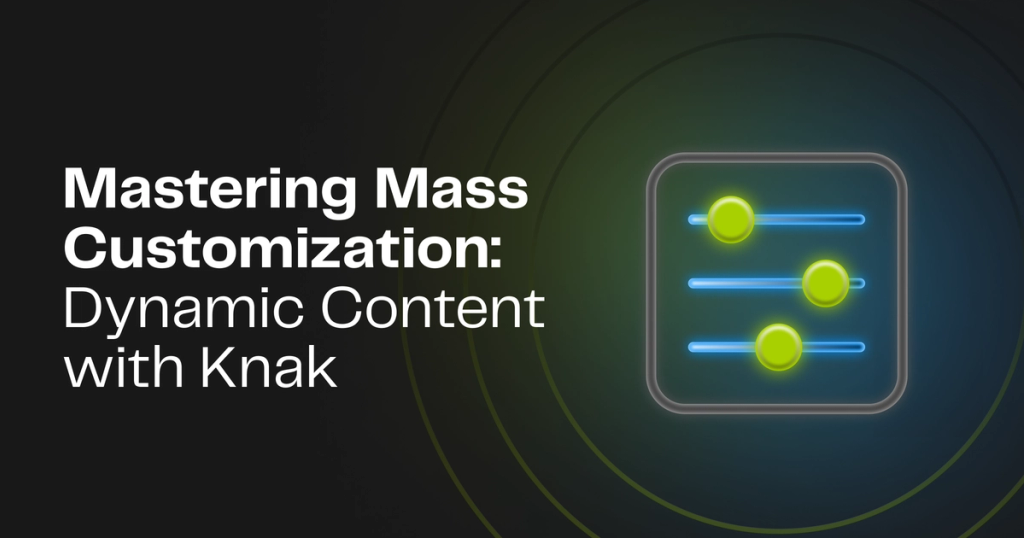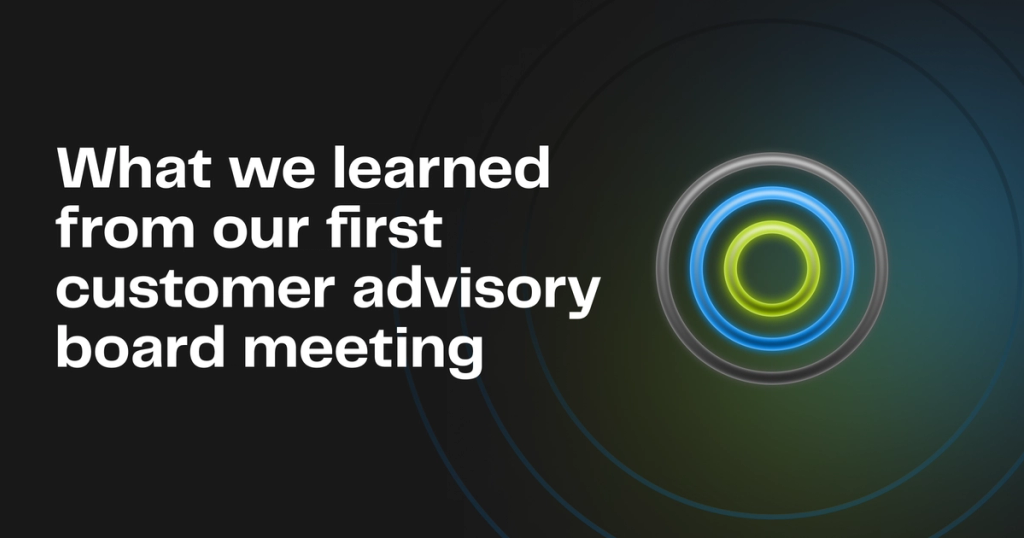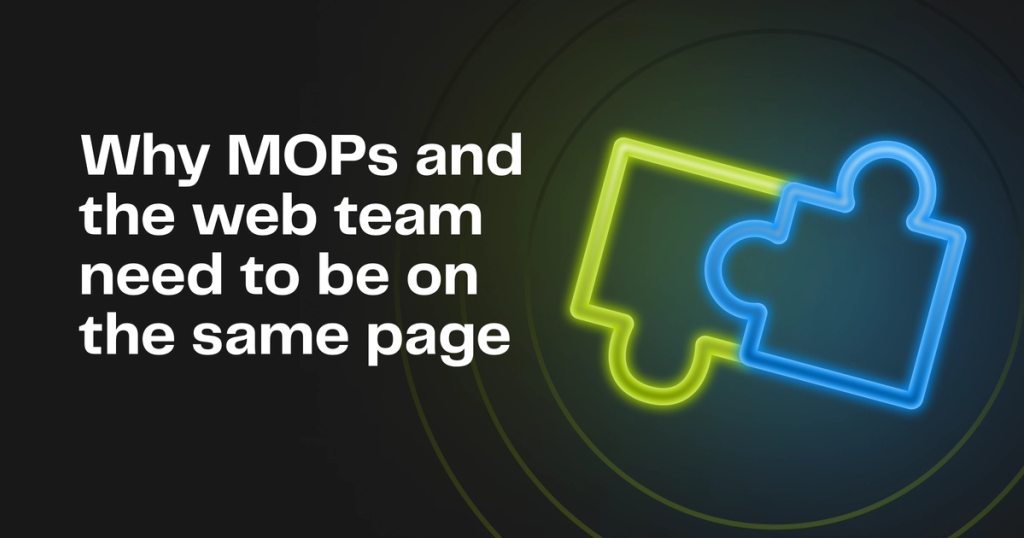Blog
Why Marketers Need Automated Collaboration Tools

Summary - Discover the ideal tools for seamless communication, likes for motivation, notifications for updates, and transparency in project evolution.
Inside any company, the need to get employees to work together productively and efficiently is always a given.
But in today’s world, with virtual offices, employees working remotely from home and contractors who may not even be in the same time zone, collaboration doesn’t necessarily happen easily or organically.
It’s difficult enough to get all your team members together in one place for a meeting. And it can be virtually impossible to get everyone working together every day in the same physical location in such a way that they can interact with each other as needed.
Like any other form of business, marketing needs online collaboration tools.
Unfortunately, I believe that existing tools fail to give marketers the support they need.
As a result, marketers are not as efficient as they could be.
Today’s workers expect collaboration
People, in marketing and elsewhere, don’t work the way they used to.
The rise of social media and user-created web content has led people to expect they can actively participate in content creation, whether it’s about their personal lives or their work projects. In fact, I’d say they don’t just expect to interact online; people today have come to look at online back-and-forth as normal.
It started off years ago with instant messaging – text only, of course, and you could only message one person at a time, not a group.
Early instant messaging platforms like ICQ became very popular. But the whole instant messaging area was constantly improving, and when MSN made things even more ‘instant’ by allowing you to see that someone was typing to respond to your message, it created a buzz.
The capacity to express oneself online grew and evolved. Facebook posts for example went from text-only status lines to shared content, photos, videos and GIFS. Even emails and instant messages graduated from emoticons created with keyboard characters to a growing range of emojis.
What developed along with that was the ability to have group conversations.
Twitter is the perfect example of a platform pitched towards online group dialogue. A shared conversation on Twitter can have tremendous power, as one woman found out when a single tweet to her 170 followers turned into a global tweetstorm in a matter of hours.
What’s all that got to do with work?
Plenty – in the sense that a whole generation now expects to converse, collaborate and react via online platforms.
In the office, conversations that used to happen around a water cooler or in the boardroom have moved online.
What a good collaboration tool looks like
The ideal collaboration platform connects all people working on a project – employees and contractors – and maximizes their capacity to deliver on whatever they are working on. It fosters creativity, maximizes efficiency and maybe even creates a sense of belonging.
Google has also done an amazing job at creating collaboration tools.
In Google Docs, for example, the collaboration tools are built right in. Create a document and anyone you share it with can comment, suggest changes or make edits. (MS Word has allowed for some forms of collaboration since 2013 and beefed up real-time co-authoring in 2016.)
Tools like Slack bring people together in a way that encourages transparency.
You can post to the whole office, or tag specific individuals.
The more people you work with, the more your office needs a platform that can support the work they do together.
In recent years, the number of online collaboration tools available has grown.
Platforms such as Workfront and Asana are becoming popular because they allow people to communicate at work the same way they communicate in their personal lives.
All these tools, in their own way, connect people and make collaborative work possible and more efficient.
What marketing needs
Unfortunately, the collaboration tools that exist for marketing (Marketo, Oracle Eloqua and Salesforce Marketing Cloud, for example) don’t allow for the kind of collaboration marketers need.
I know of no collaboration tool specifically pitched to marketing that offers such things as group messaging and notifications and other elements needed for online collaboration.
Instead, the different members of the marketing team all too frequently get siloed.
What do people need? What would make marketers do their job better?
Here are a few suggestions, from my own experience.
The tool should allow ‘likes’
We all enjoy the dopamine shot that comes from checking our Facebook or Instagram account and seeing that a recent post has garnered a whole pile of likes.
I think it would be great if individual marketers could get ‘likes’ for their work.
‘Likes’ are a great motivator. People will put in extra effort to get them. And if your colleagues like something, chances are your audience will like it as well.
The tool should allow notifications
One challenge with online collaboration tools is making it so that all communications are done inside the new platform. In essence, you want people to stop emailing each other and start communicating only through the platform. That encourages transparency and allows you to make sure everyone sees what everyone else is doing.
One way to do that is to enable notifications.
A person would get an email when something happens in the project – when someone ‘likes’ their work, for example. As the emails become more frequent, it becomes easier to simply log into the tool.
Which is what you want.
And, having logged in, employees would see what it is they have to do next.
The tool should let everyone see projects evolve
Marketers need to be able to not just see each other’s unfinished work, they need to be able to comment and modify it. This is particularly important when people don’t work in the same building, in which case they may not understand the context for a particular change or approach.
In the Mad Men era, marketers learned to work together to improve their effectiveness.
At first they might have copywriters on one floor of the building, and designers on another. And someone running material from one floor to another.
And no one saw the end product until it was ready for approval. At which point people who hadn’t been involved wanted to make changes. Which started the whole process again.
They learned that they could be more productive if they put everyone working on one campaign or project – copywriters, designers, etc. – all together in one place.
We need to apply that concept now to the virtual office.
A good online collaboration tool is the answer.
We’re just waiting for the right one.

Author
Co-Founder & CEO, Knak
Pierce is a career marketer who has lived in the marketing trenches at companies like IBM, SAP, NVIDIA, and Marketo. He launched Knak in 2015 as a platform designed to help Marketers simplify email creation. He is also the founder of Revenue Pulse, a marketing operations consultancy.







